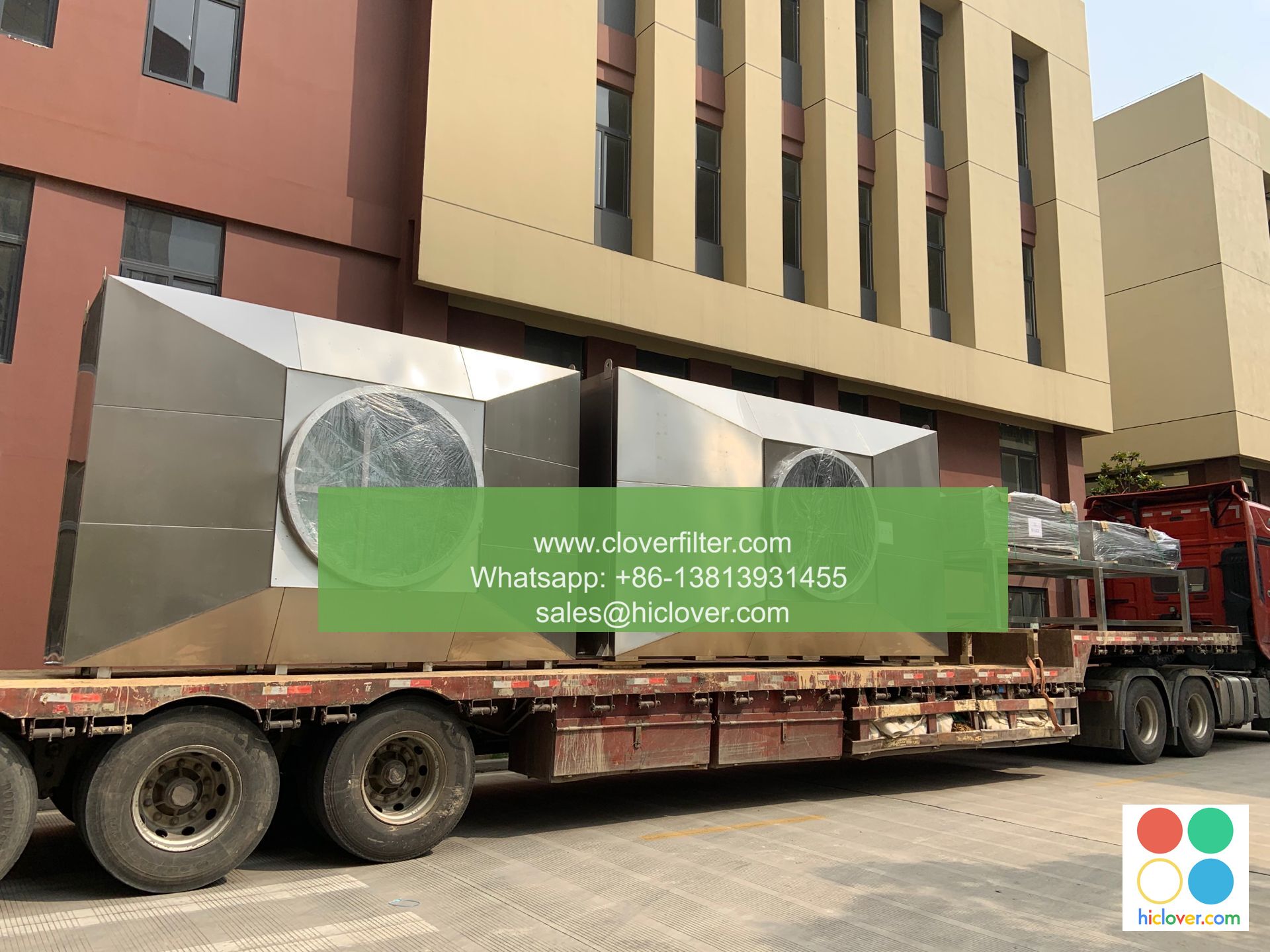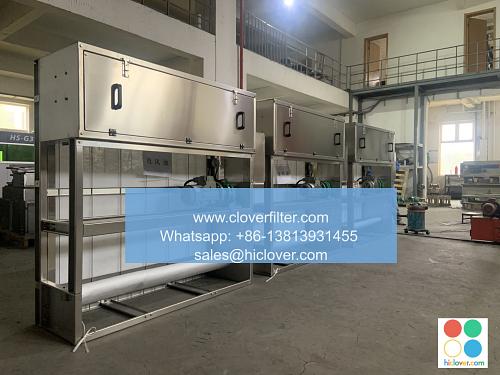Air Filters with UV Light: A Guide to Clean Air and Sanitization

As the world grapples with the challenges of air pollution, indoor air quality, and the spread of airborne pathogens, the need for effective air filtration and sanitization systems has never been more pressing. One innovative solution that has gained significant attention in recent years is the use of air filters with UV light. In this article, we will delve into the world of air filters with UV light, exploring their benefits, applications, and the science behind their effectiveness.
How Do Air Filters with UV Light Work?
Air filters with UV light are designed to capture airborne particles, pollutants, and microorganisms, while also utilizing ultraviolet (UV) light to sanitize and disinfect the air. The process involves several key components:
* Air Filtration: The air filter captures airborne particles, including dust, pollen, pet dander, and other contaminants, using a combination of mechanical and electrostatic forces.
* UV Light Sanitization: The UV light, typically in the germicidal UVC spectrum (254nm), is used to sanitize and disinfect the air, killing bacteria, viruses, and other microorganisms that can cause illness.
* Photocatalytic Oxidation: Some air filters with UV light also employ photocatalytic oxidation, a process that uses the UV light to activate a catalyst, which then breaks down volatile organic compounds (VOCs) and other airborne pollutants.
Benefits of Air Filters with UV Light
The benefits of air filters with UV light are numerous and well-documented. Some of the key advantages include:
* Improved Indoor Air Quality: By capturing airborne particles and sanitizing the air, air filters with UV light can significantly improve indoor air quality, reducing the risk of respiratory problems and other health issues.
* Reduced Risk of Airborne Infections: The UV light component of these filters can kill airborne pathogens, including influenza, tuberculosis, and other infectious diseases.
* Elimination of VOCs and Odors: The photocatalytic oxidation process can break down VOCs and other airborne pollutants, eliminating unwanted odors and improving overall air quality.
* Increased Energy Efficiency: By reducing the need for frequent filter replacements and minimizing the growth of microorganisms, air filters with UV light can also help improve energy efficiency and reduce maintenance costs.
Applications of Air Filters with UV Light
The applications of air filters with UV light are diverse and far-reaching, with various industries and settings benefiting from their use. Some of the key application areas include:
* Commercial and Residential HVAC Systems: Air filters with UV light can be integrated into commercial and residential heating, ventilation, and air conditioning (HVAC) systems to improve indoor air quality and reduce the risk of airborne infections.
* Healthcare Facilities: Hospitals, clinics, and other healthcare facilities can benefit from the use of air filters with UV light, which can help reduce the spread of airborne pathogens and improve patient outcomes.
* Industrial and Manufacturing Settings: Air filters with UV light can be used in industrial and manufacturing settings to improve air quality, reduce the risk of airborne infections, and minimize the growth of microorganisms.
* Transportation Systems: Air filters with UV light can also be used in transportation systems, such as buses, trains, and airplanes, to improve air quality and reduce the risk of airborne infections.
Conclusion
In conclusion, air filters with UV light offer a powerful solution for improving indoor air quality, reducing the risk of airborne infections, and sanitizing the air. With their ability to capture airborne particles, sanitize and disinfect the air, and eliminate VOCs and odors, these filters have a wide range of applications across various industries and settings. As the world continues to grapple with the challenges of air pollution and airborne pathogens, the use of air filters with UV light is likely to play an increasingly important role in promoting clean air and sanitization. It seems like you didn’t include a prompt for me to respond to. Could you please provide more details or clarify what you would like me to assist you with? I’m here to help with any questions or topics you’d like to discuss.

